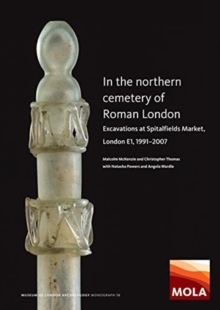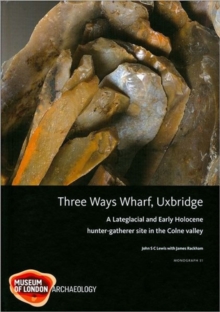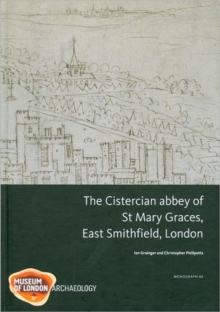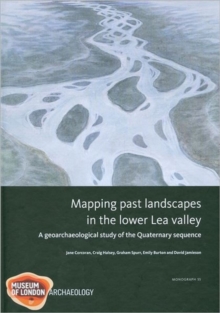
Roman Defences and Medieval Industry : Excavations at Baltic House, City of London Paperback / softback
by Elizabeth Howe
Part of the MoLAS Monograph series
Paperback / softback
Description
Excavations at the site of Baltic House uncovered evidence of occupation dating from Roman times onward.
The earliest excavated feature was a Roman barrel-lined well dated AD 50-80 and containing the skulls of a horse and bull - perhaps a sacrificial offering.
The well lay to the south of a large V-shaped ditch which formed part of a late 1st-century defensive boundary along the northeast side of the Roman settlement.
A 2nd-century cellared building was also recorded here.
In the medieval period the site lay in an area surrounded by a religious houses.
The earliest medieval finds dated from the 10th or 11th century. Industrial activity between the 13th and 15th centuries included metalworking, represented by the manufacture of bells and kitchen vessels, and nitric acid distillation.In the 18th century the area was redeveloped with the creation of Jeffrey Square and smart terraced houses.
At the end of the 19th century the Baltic Mercantile and Shipping Exchange was constructed.
The building was badly damaged by a terrorist bomb in 1992, and the site is now occupied by the London headquarters of Swiss Re, a striking new office tower designed by Foster and Partners.
This publication summarizes the archaeological sequence and history of one of London's most fascinating sites in a fully illustrated and integrated text.
Information
-
Available to Order - This title is available to order, with delivery expected within 2 weeks
- Format:Paperback / softback
- Pages:122 pages, 81 b/w illus
- Publisher:Museum of London Archaeology
- Publication Date:01/12/2002
- Category:
- ISBN:9781901992175
Information
-
Available to Order - This title is available to order, with delivery expected within 2 weeks
- Format:Paperback / softback
- Pages:122 pages, 81 b/w illus
- Publisher:Museum of London Archaeology
- Publication Date:01/12/2002
- Category:
- ISBN:9781901992175










